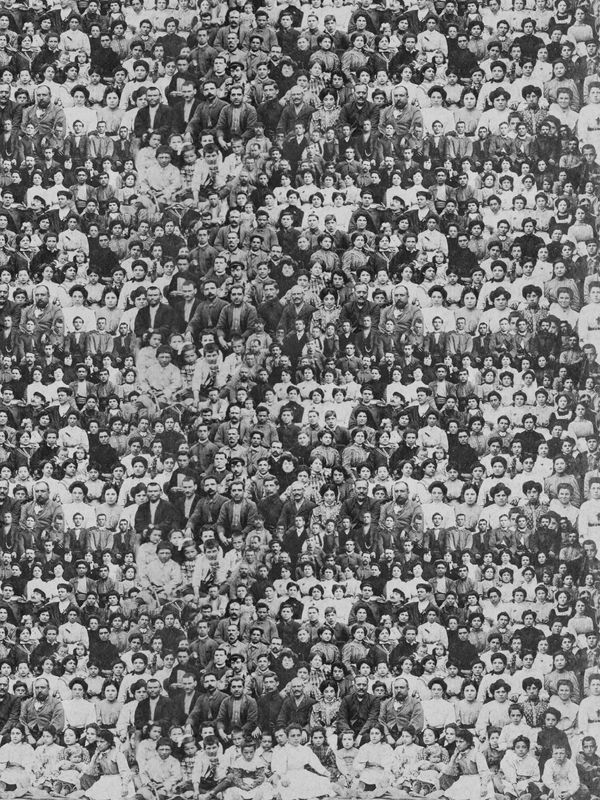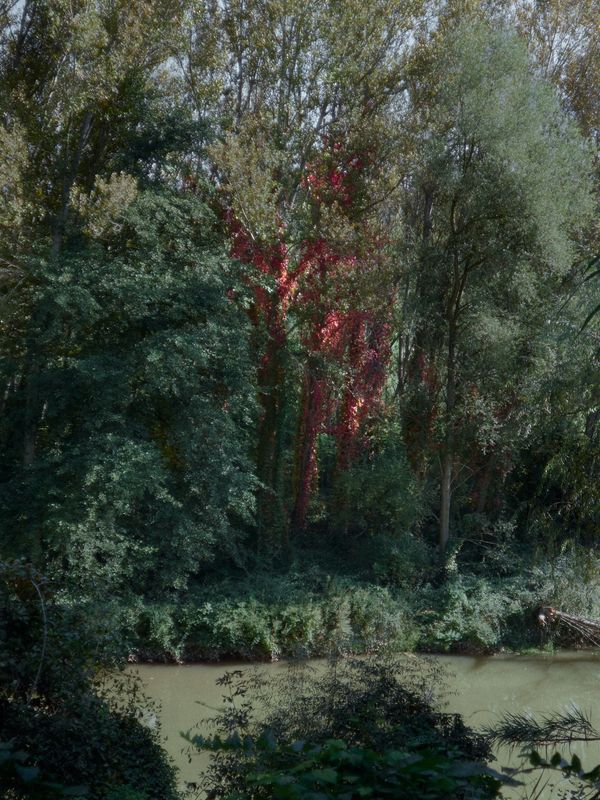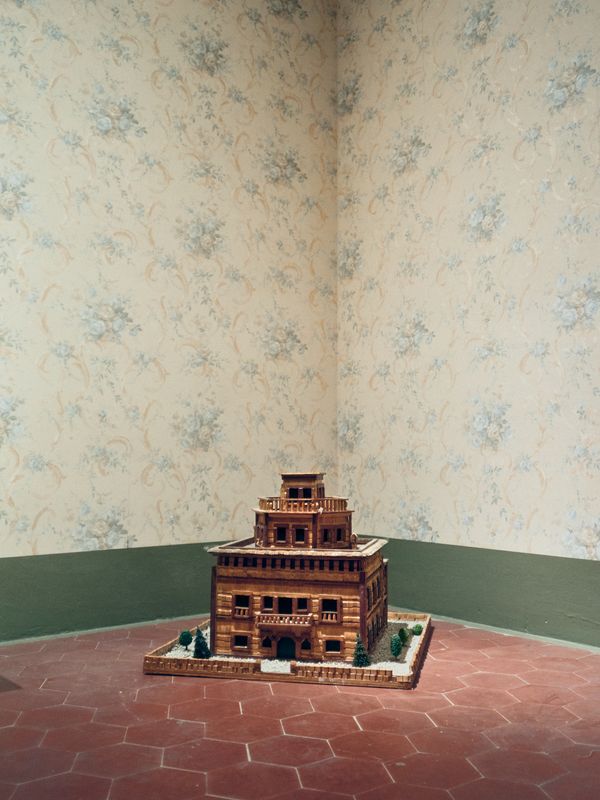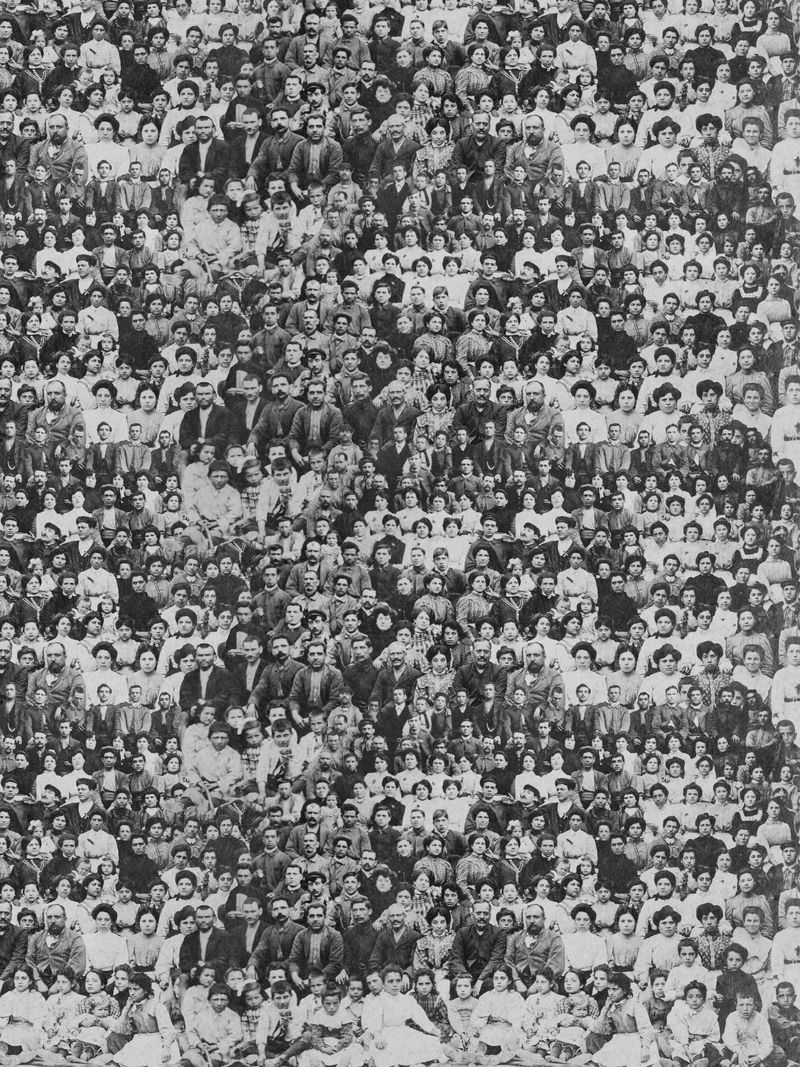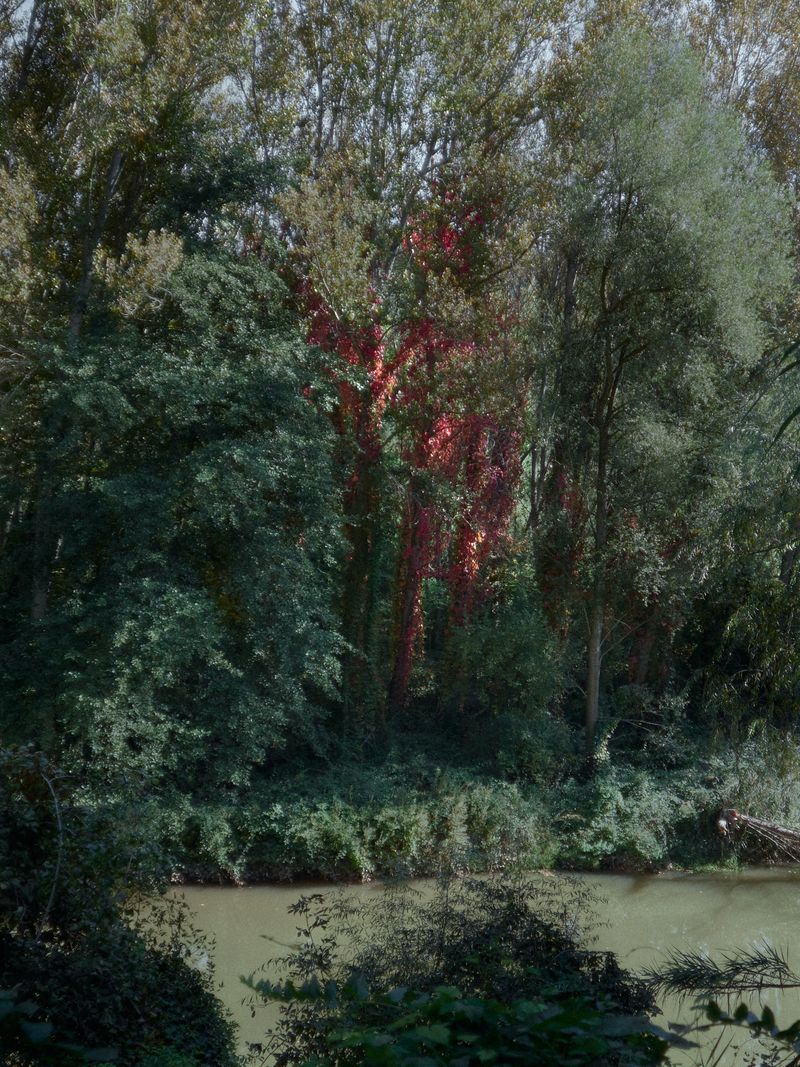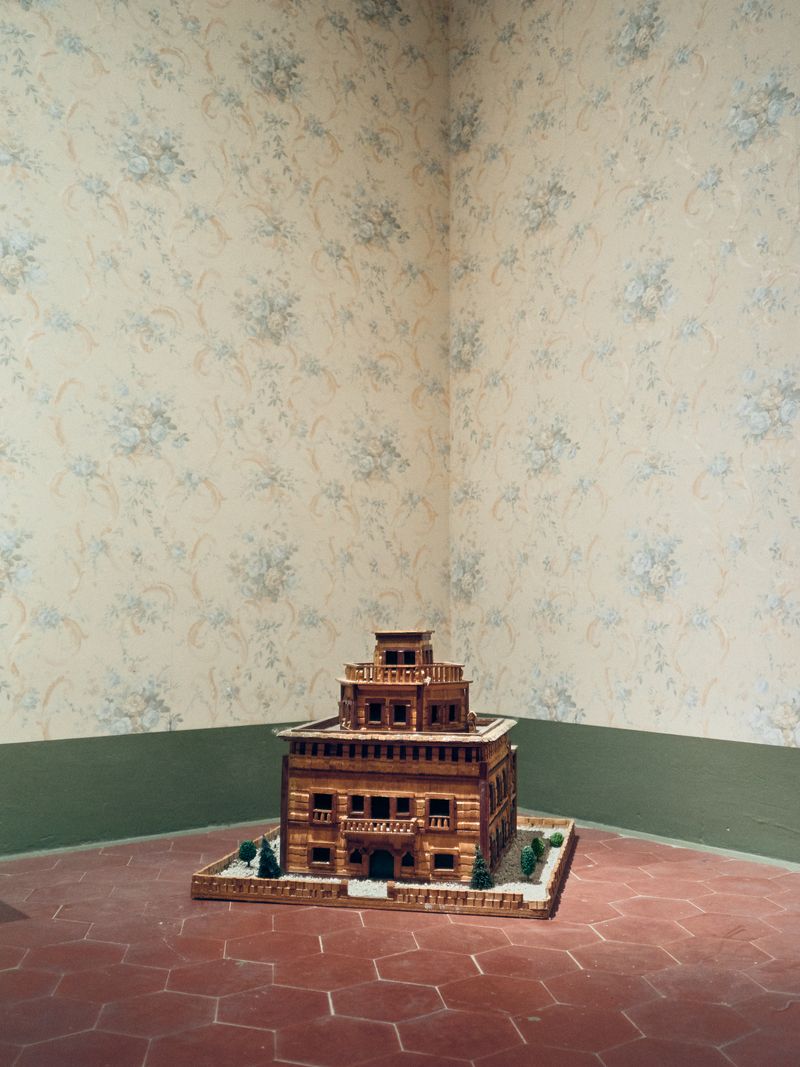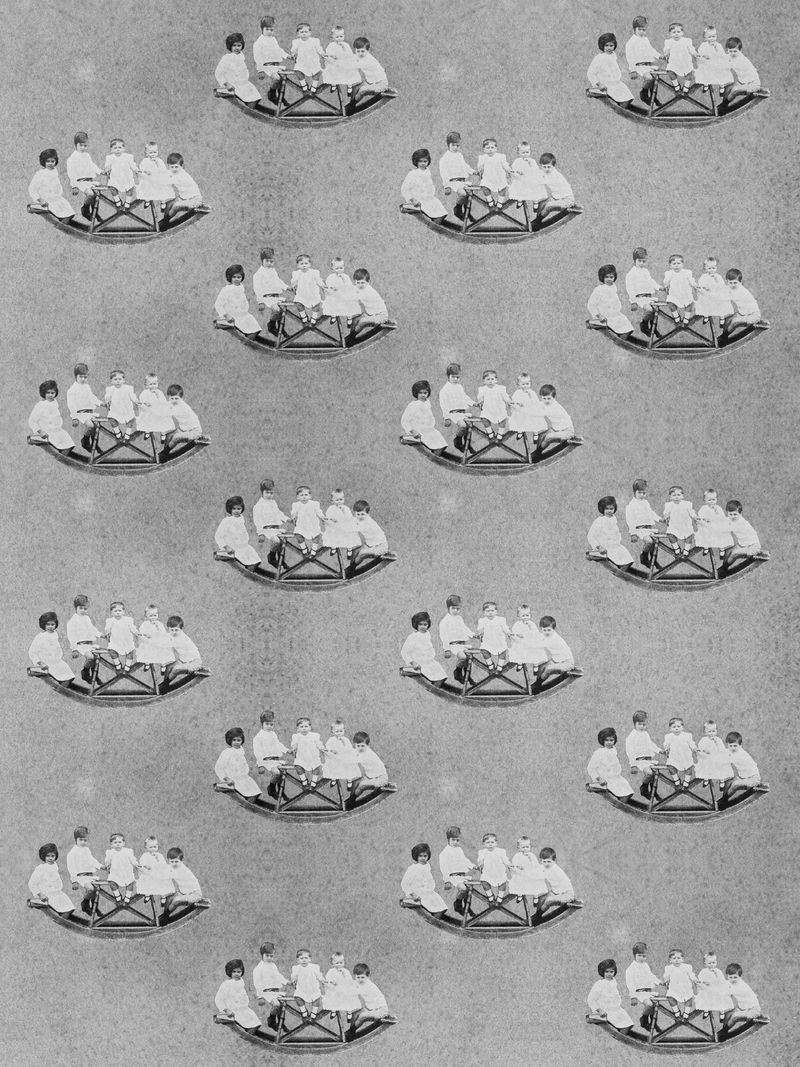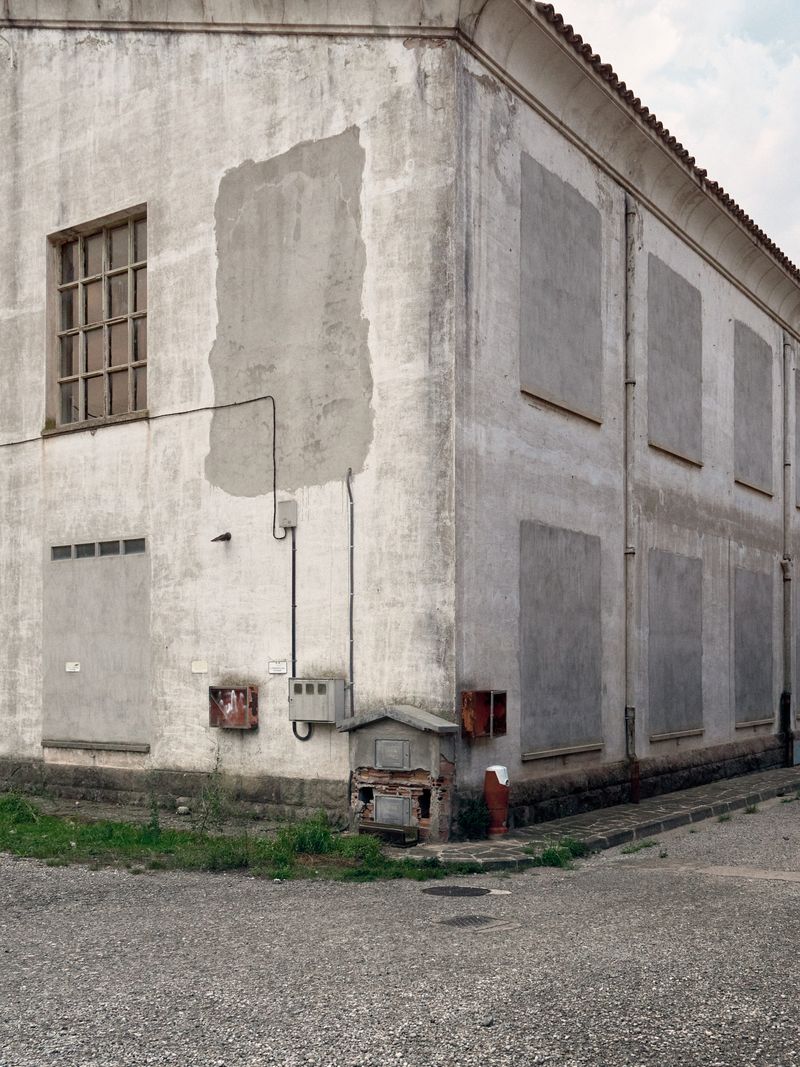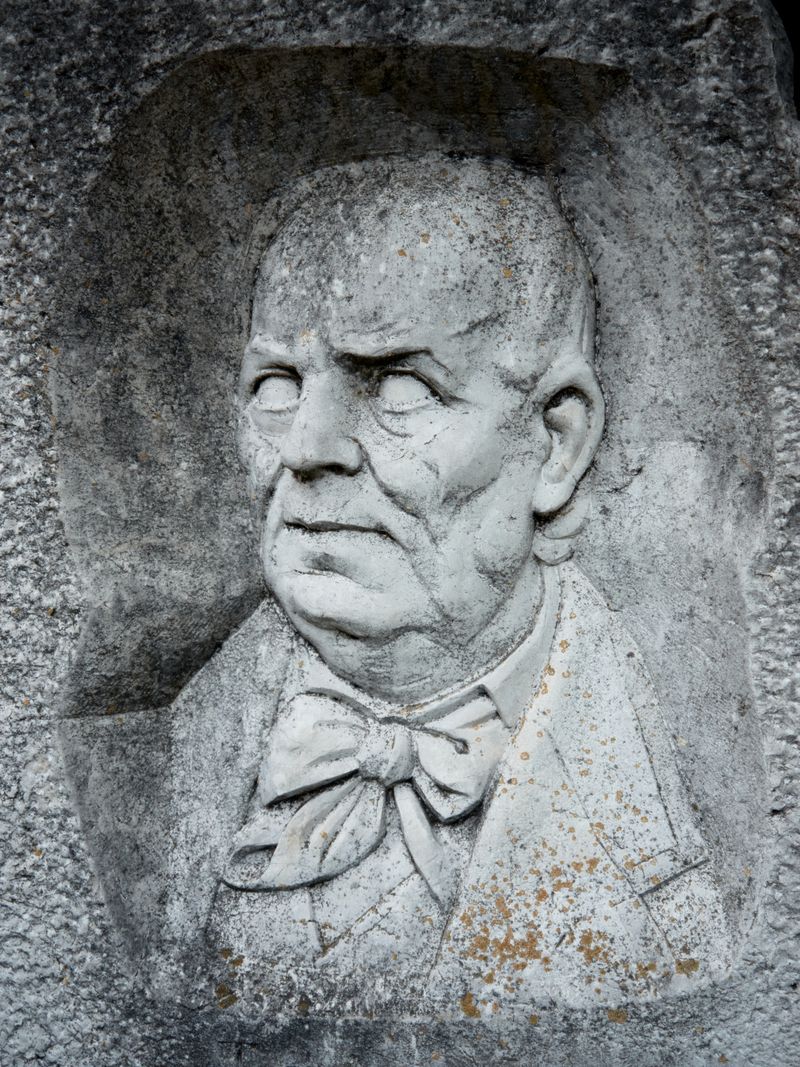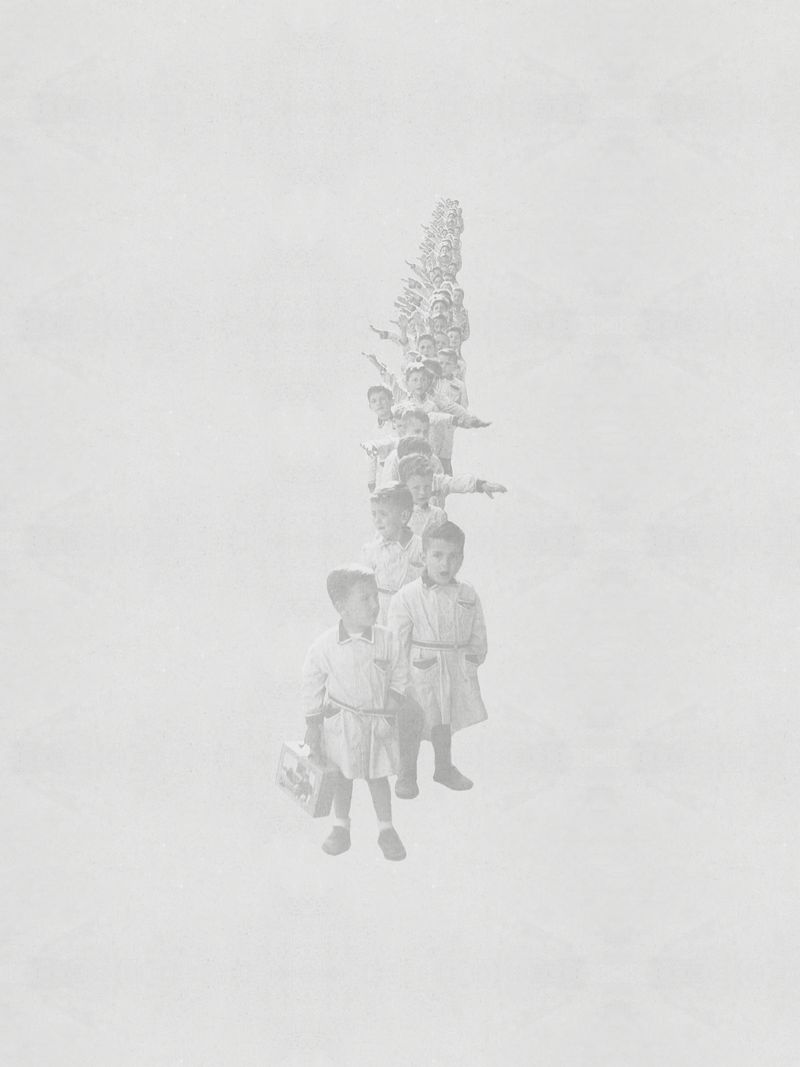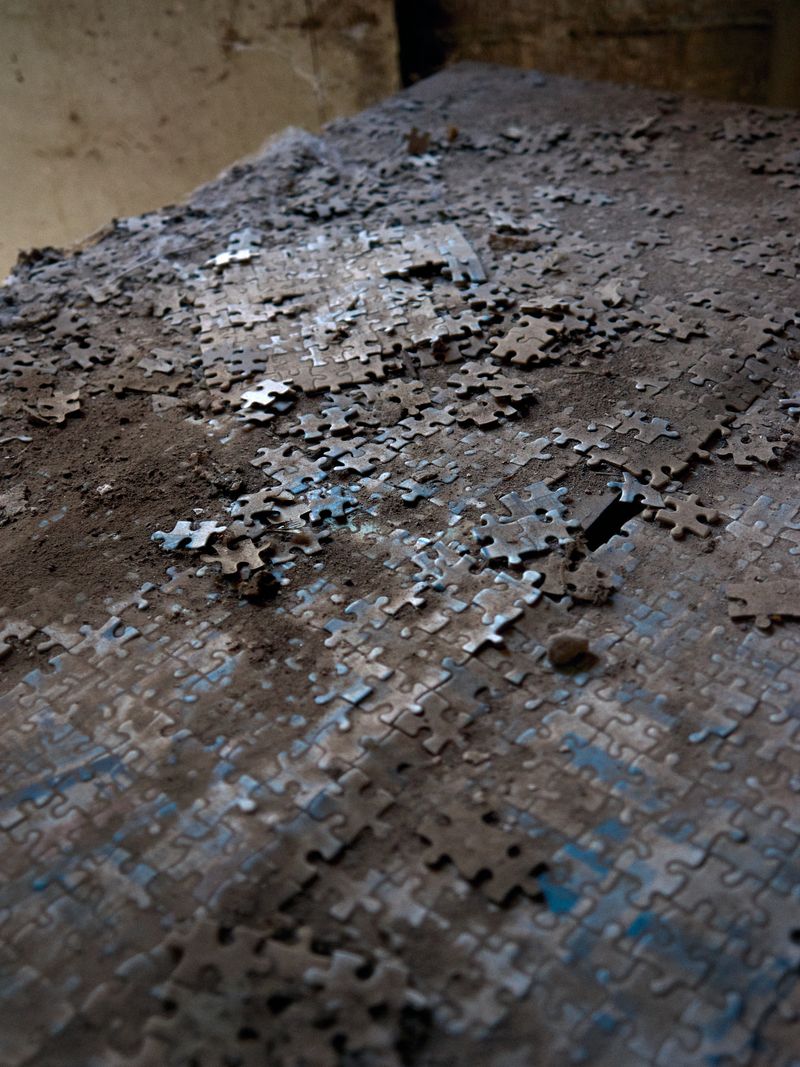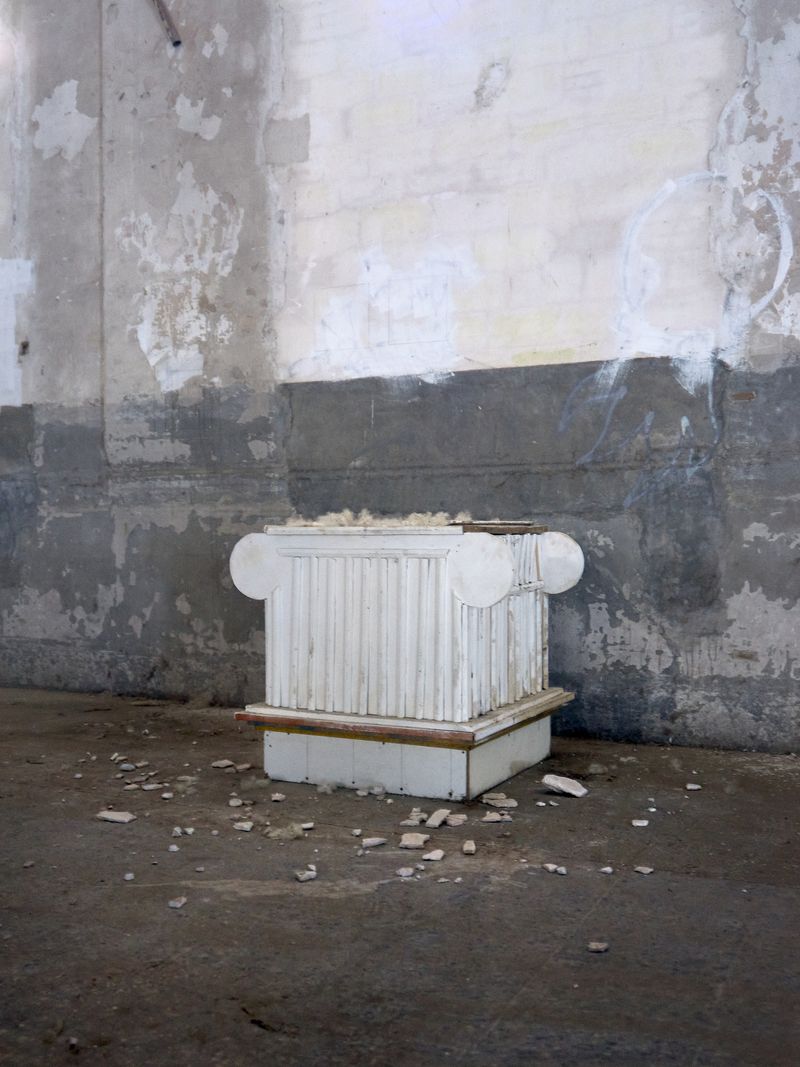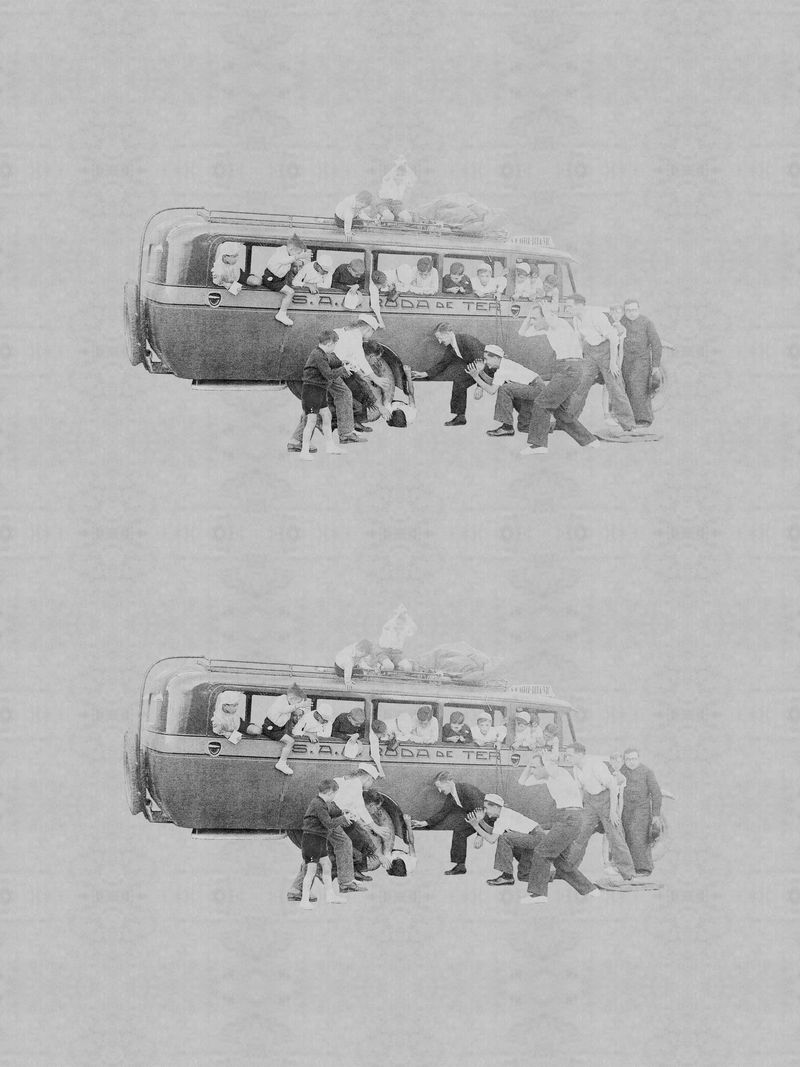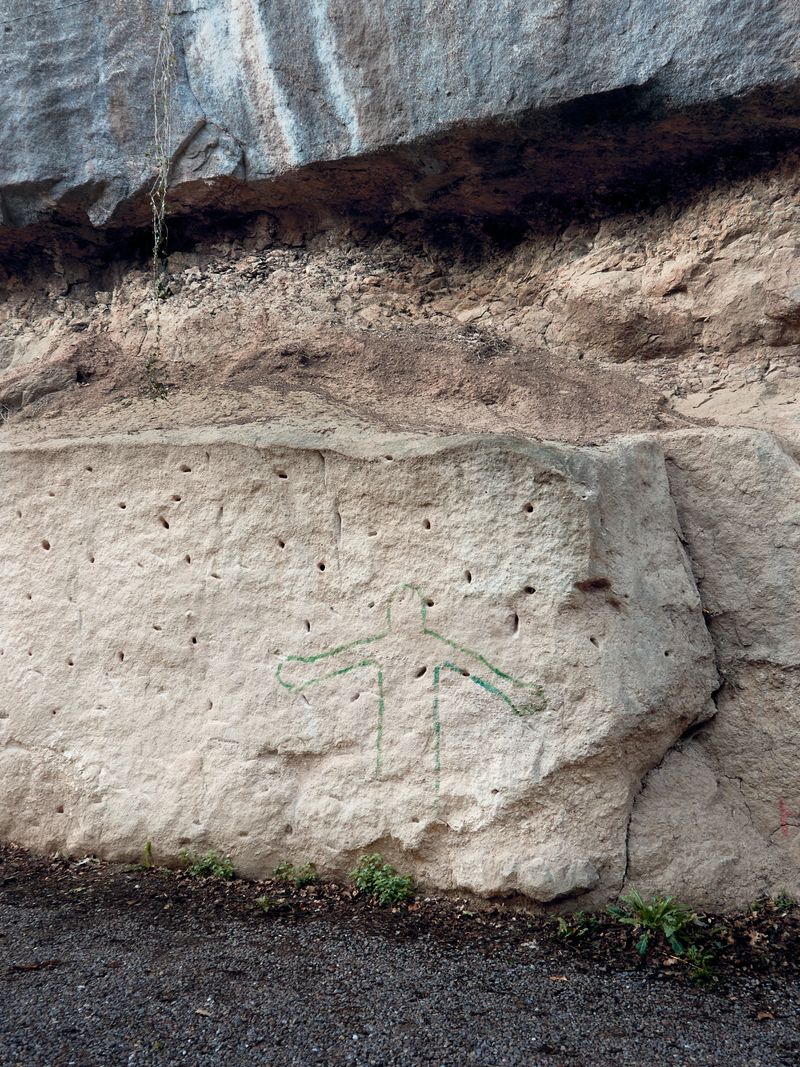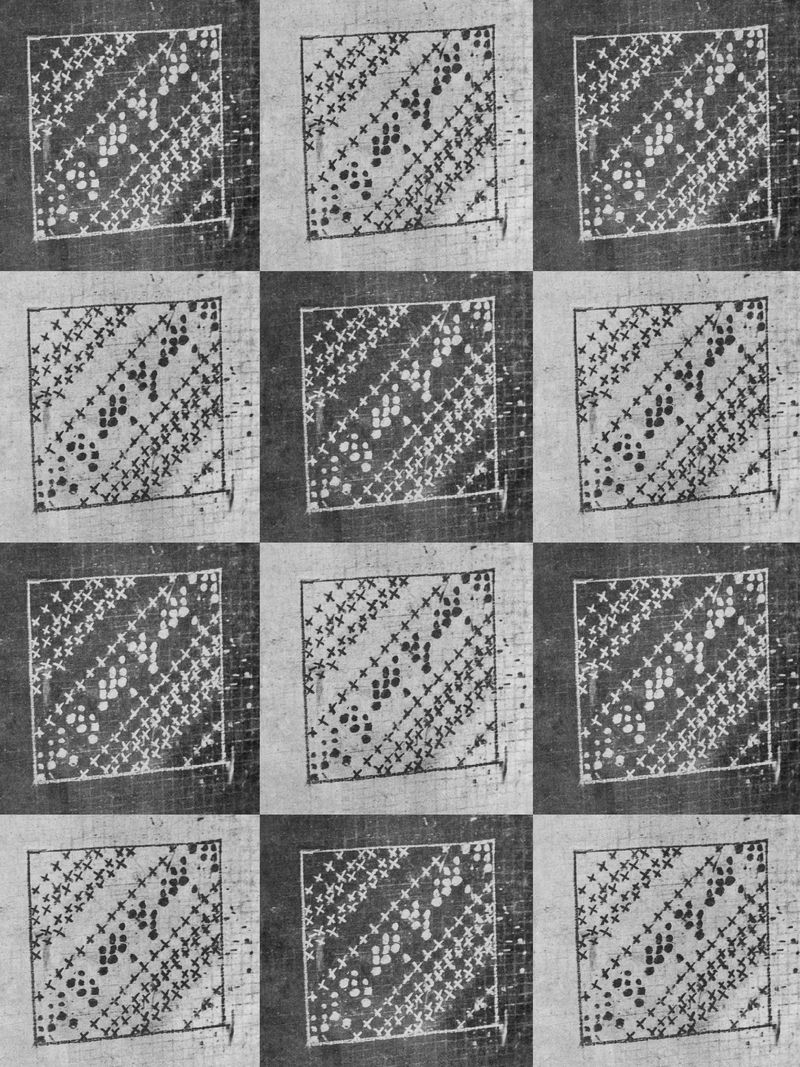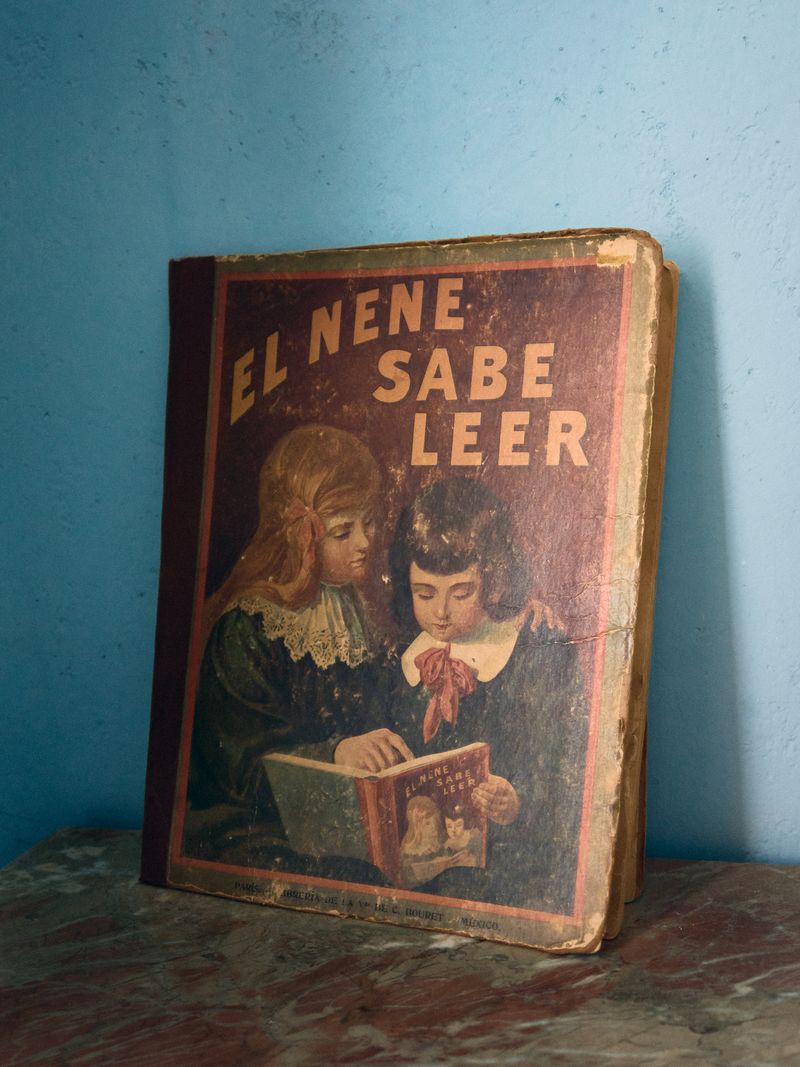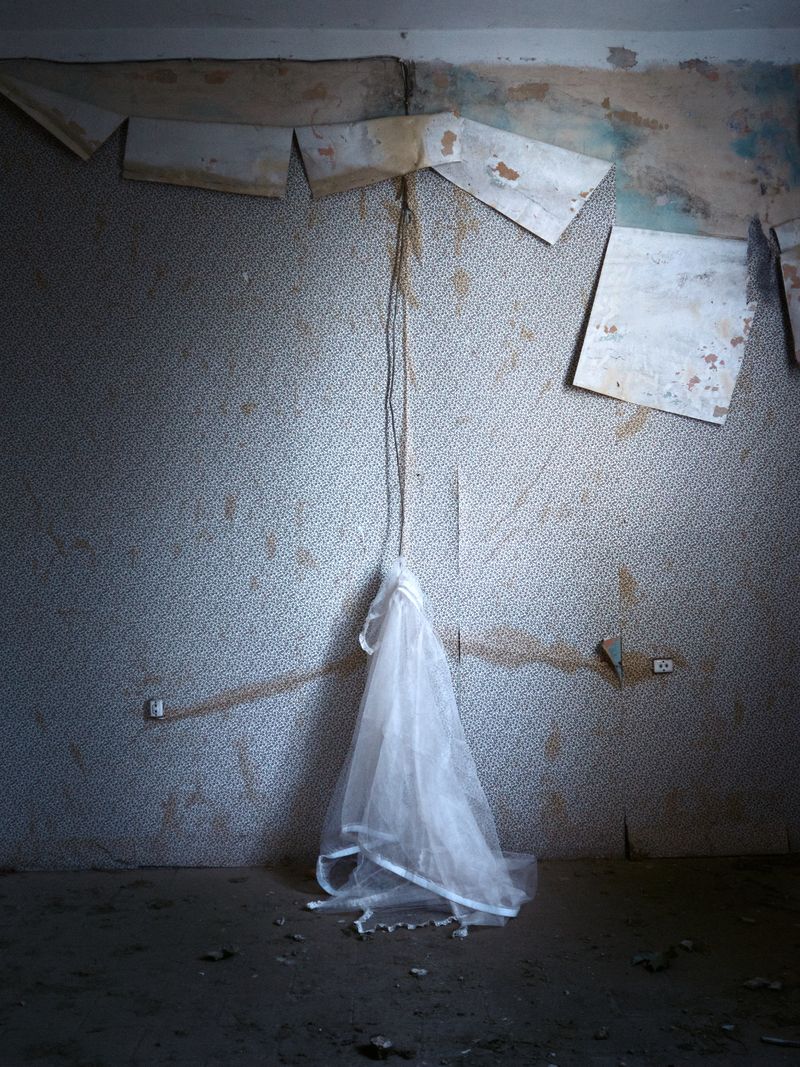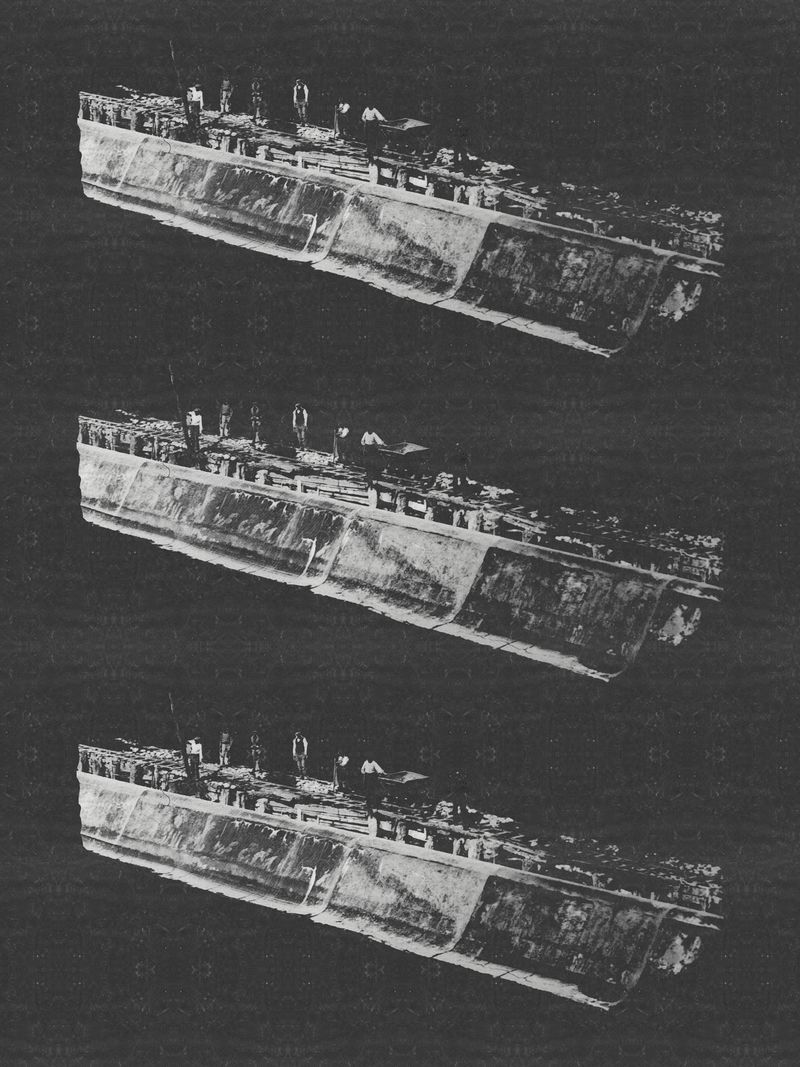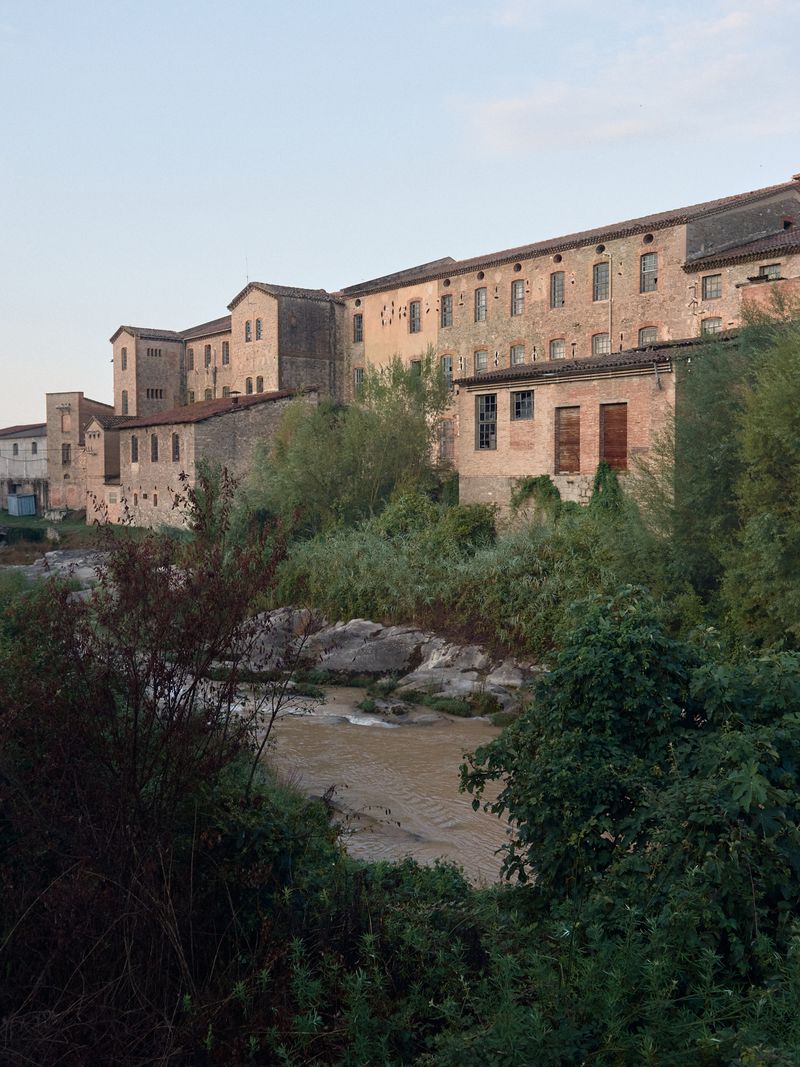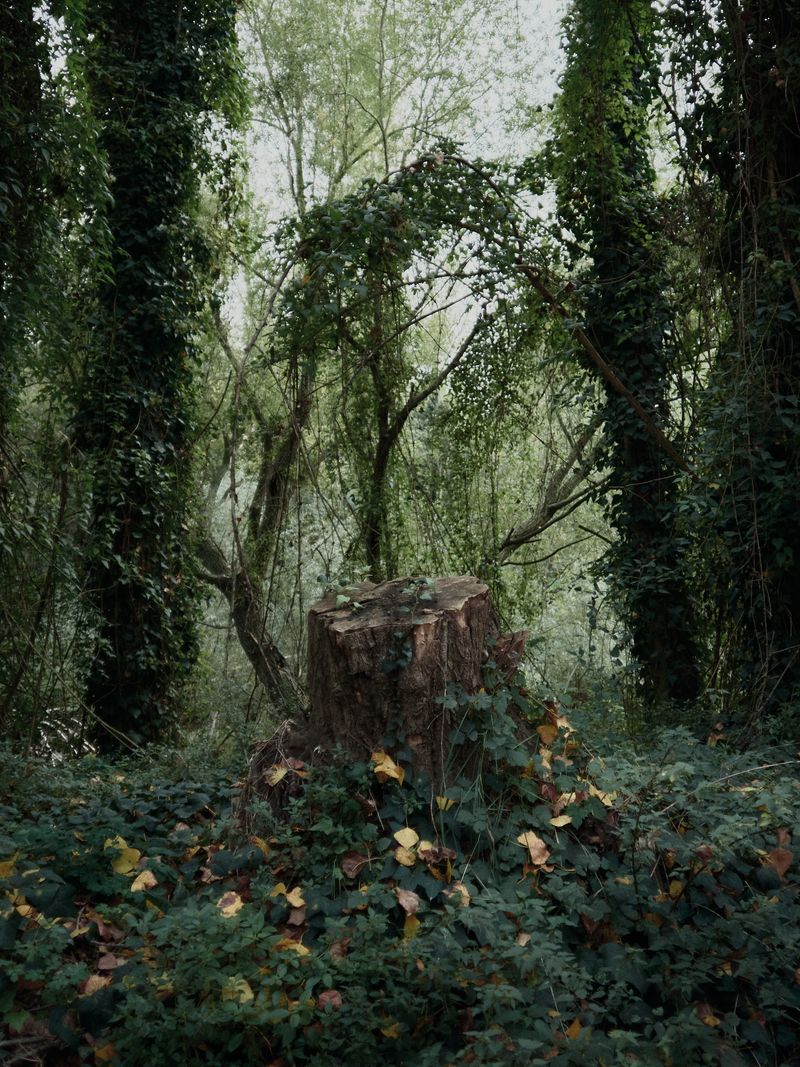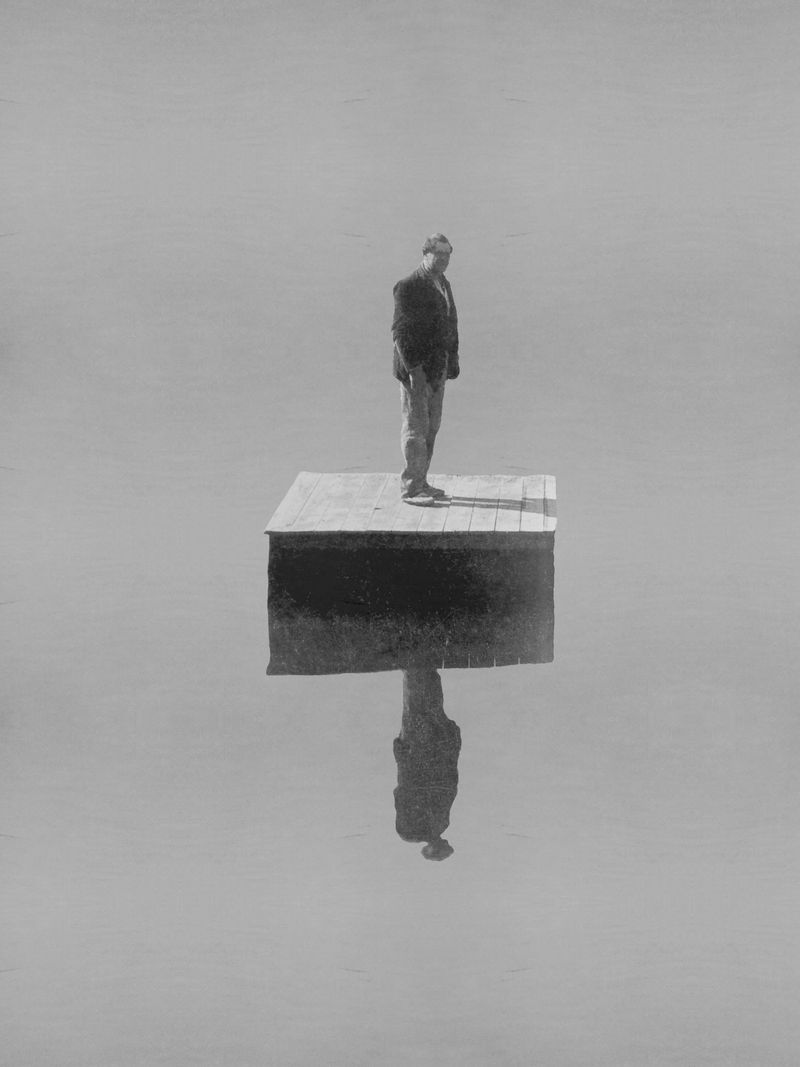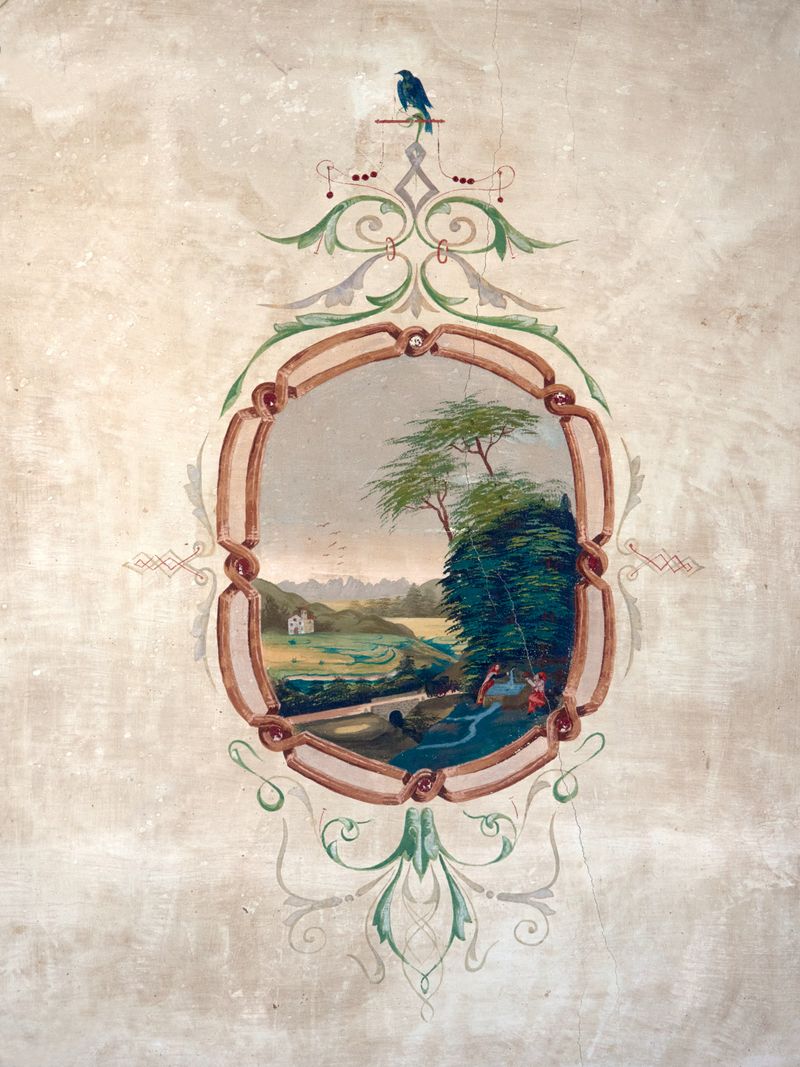The river is a loom, the thread is a mountain
-
Dates2022 - 2025
-
Author
- Location Catalonia, Spain
-
Recognition
The project explores the rise and decline of textile colonies along Catalonia’s Llobregat River. Through the landscape and archival imagery reimagined as textile patterns, the project reveals traces of power, control, and memory in these spaces.
In the late 19th century, textile colonies emerged along the Llobregat River in Catalonia. These self-contained communities comprised factories, housing, and communal amenities.
These microcosms operated under a paternalistic system that exchanged low-cost welfare for exploited labor and restricted freedoms. The perceived benefits of this dynamic fostered a climate of obedience and compliance among workers and their families.
The textile industry’s decline in the 1970s precipitated a crisis for the colonies. Factories fell silent, and supporting infrastructure collapsed. These once thriving communities transformed into spectral remnants of their industrial past.
“The river is a loom, the thread is a mountain” registers the natural and constructed landscape, developing a symbolic archeology that reveals the embedded traces of power, control, hierarchy and class.
Engaging with these interwoven layers, archive images are deconstructed and reimagined as textile patterns, blending the visual and material elements of the space. By integrating archival imagery within the framework of textile production, the work echoes the systemic structures of power that define these colonies, connecting the repetitive, disciplined labor of their inhabitants to the lasting imprints of hierarchy and exploitation. This transformation also reflects the fragmented nature of memory, inviting a deeper interrogation of the constructed narratives that shape our understanding of history.
By examining the residues of industrialization and the enduring presence of nature, the work explores how the colonies' identity is shaped by the collision of past and present, fact and fiction.
Furthermore, the anachronistic nature of the landscape motivates a study on the interplay between historical and mythological narratives that define the collective memory of these spaces.
